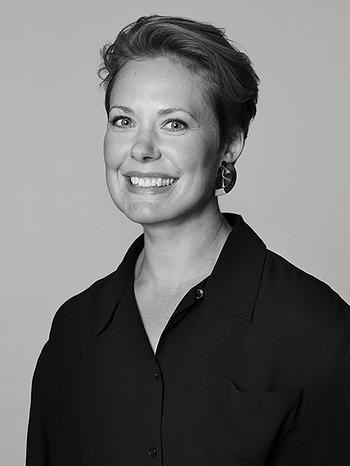Sheila Hicks
'Quipo 14B'
Signed Sheila Hicks and stamped Arterior verso. Probably executed in 1966. Handspun wool bound on a flat weave structure 120 x 98 cm.
The artist has expressed interest in lending the work to the exhibition at Kunsthalle Düsseldorf and Josef Albers Museum in Bottrop, September 2024.
Provenance
Directly from the artist to Maurice Holland. Thence by descent to the present owner.
Exhibitions
Nordiska Kompaniet/NK Inredning, Sveavägen 20, Stockholm, 'Möt Sheila Hicks', 15 - 25 September 1966.
More information
Sheila Hicks is one of the pioneers of so-called Fibre Art, a genre that developed in the 1960's and 70's. It was an art movement driven mainly by women, including Leonore Tawney and Magdalena Abakanowicz. The artists explored the possibilities of textiles and natural fibres and produced innovative three-dimensional works that completely broke with traditional Western techniques.
"Textile is a universal language. In all of the cultures of the world, textile is a crucial and essential component" (quote Sheila Hicks, Ford Foundation, October 2014).
Throughout her life, Sheila Hicks has travelled, worked and lived on several continents. Through all these places and throughout her 60-year career, the common thread has always been the craft of textiles. Over the years, she has worked on everything from small hand-woven wall-hung objects to large sculptural objects and site-specific monumental works, textile pillars and entire walls covered with large colourful balls of wool (Venice Biennale 2017).
During her studies, she was greatly influenced by Josef Alber's thoughts on colour and George Kubler's art historical studies of pre-Columbian art. At Kubler's urging, she travelled the world to learn more about textile craftsmanship. Her first stop was Chile, where she indulged in the weaving traditions of the Andes.
From 1959 to 1964, she lived in Taxco el Viejo, Mexico, where she worked with the locals in traditional ways. In 1964, she moved to Paris where she set up a studio. She has also worked in Africa, with weavers in India and tufted carpets in Morocco. Whatever the destination, she has always been careful to incorporate the local craftsmen and their knowledge and specialised techniques. Her work is characterised by strong, vibrant colours, raw natural materials such as wool and linen but also other natural fibres and synthetic thread. The material is shaped by weaving, knotting, braiding and a range of other techniques. The end result is usually coarse, with a lot of texture, and a clear sense of the hand's work.
In March 1966, Hicks was approached by Maurice Holland, then Director of NK Inredning in Stockholm, who had noticed her work and her Kerala collection of fabrics and rugs for Arterior. Holland wanted to organise an exhibition of Hick's production and unique works in the NK showroom at Sveavägen 20. The exhibition took place from 15 to 25 September 1966 and, due to its popularity, was extended for another week. Holland writes happily in a letter to Hicks that several works have been sold and that there have been many visitors, including several groups of interested textile students. The auction piece 'Quipo 14B' was probably shown in the NK exhibition and was previously in Maurice Holland's private collection.
The exhibition received much attention in the press; on 16 September 1966 Dagens Nyheter wrote the following:
"What she has learnt from the ancient cultures is the art of working sculpturally, multidimensionally with the yarn. Her weavings are not tapestries, but sculpted weavings, sometimes with a braided grid, sometimes with a cascade of braids, tassels, or layers of different techniques. Her colours are refined, sometimes extremely restrained, sometimes wild, sometimes cold and warm. Her weaves and knots provide a modern, up-to-date interpretation of ancient techniques, and you can see why she is well represented at the Museum of Modern Art in New York."
Sheila Hicks has an impressive resume with numerous exhibitions around the world. In autumn 2024, a solo exhibition will be held at the Kunsthalle Düsseldorf and the Josef Albers Museum in Bottrop, Germany. Hicks' work can be found in the collections of the Centre Georges Pompidou in Paris, the Manufacture des Gobelins, Paris, the Museo de Bellas Artes, Santiago, Chile, the Museo Universitario Arte Contemporáneo, Mexico City, the National Museum of Modern Art, Tokyo and the Museum of Modern Art in New York, among others.

























































